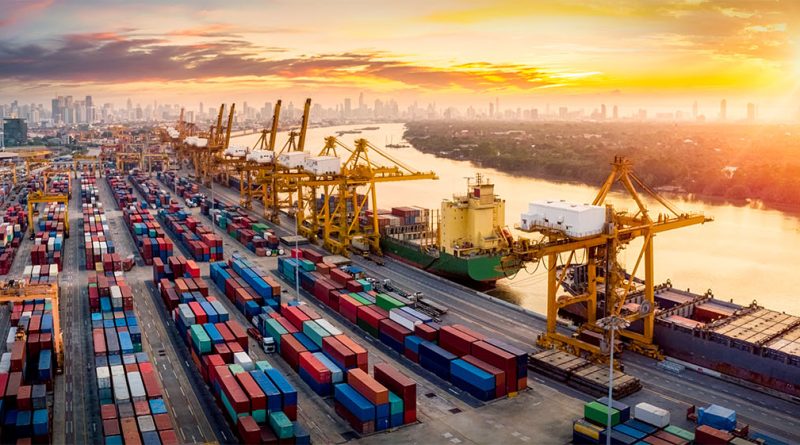4 Steps to Mastering Exportation: A Guide to Global Trade Success
As businesses look to expand their reach beyond local borders, the process of exporting goods and services becomes a pivotal strategy for growth and sustainability. From compliance with regulations to using multimedia for marketing, each strategy is designed to equip you with the knowledge needed to embark on the exportation journey successfully.
1. Understanding Export Regulations
Familiarizing yourself with the list of strategic military and dual-use items is the first step in ensuring your export activities are lawful. This list, which details items that require export authorization, is a critical resource for businesses to avoid legal complications and fines. It involves a wide range of goods, from advanced technology to materials that could be used in both civilian and military applications. Regularly reviewing this list and any updates is essential for maintaining compliance with evolving international trade laws and regulations.
2. Choosing the Right Export Declaration Process
Applying for simplified declarations can significantly streamline the export process for businesses. This is especially beneficial in situations where the complete details of the consignment are unknown at the time of export, such as with bulk grain exports. Simplified declarations allow for the provision of basic information, followed by a more detailed declaration after shipment. This flexibility helps businesses manage their export commitments more efficiently and reduces the burden of documentation requirements.
3. Using Multimedia in Export Marketing
Incorporating various forms of media into your export marketing strategies can greatly enhance the appeal and effectiveness of your communications. By using images, infographics, videos, and other relevant media, you can convey complex information about your products or services in a more accessible and engaging manner. This multimedia approach can help differentiate your offerings in competitive international markets and attract more attention from potential buyers.
4. Preparing for Customs Clearance
The customs clearance process is a critical aspect of exporting that requires careful planning. Completing and submitting the appropriate export declaration forms is just the beginning. Businesses must also be ready to provide any additional documents that customs authorities may require, such as certificates of origin or licenses for controlled goods. Understanding the specific requirements of the destination country can help ensure a smoother clearance process and avoid delays or penalties. Staying informed about customs regulations and maintaining good records are crucial for successful export operations.
Mastering exportation involves several key steps aimed at ensuring legal compliance, operational efficiency, and effective marketing strategies. By prioritizing these and implementing strategic planning, businesses can expand their reach into global markets while navigating the complexities of international trade with confidence and success.
